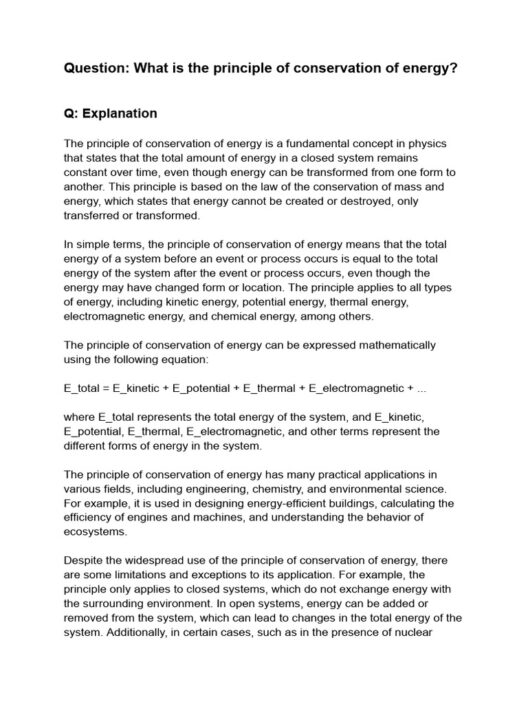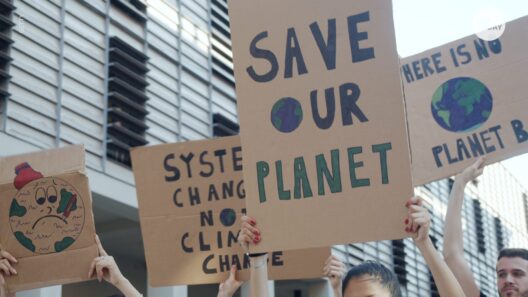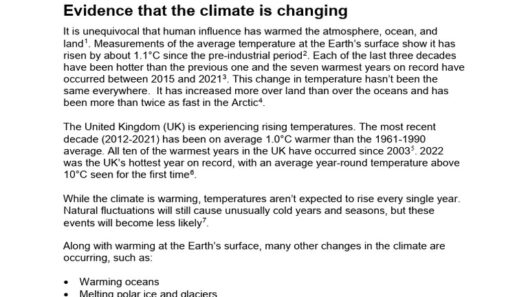In today’s dynamic corporate landscape, the issue of trust—or the lack thereof—plays a pivotal role in shaping workplace culture. Within professional settings, a climate of mistrust can be an insidious force, undermining collaboration and stifling creativity. This phenomenon transcends mere interpersonal dynamics; it manifests in organizational decisions, employee retention rates, and overall productivity. Understanding the intricacies of this environment is essential for fostering a healthy organizational culture.
Trust serves as the backbone of effective communication and collaboration. However, when employees feel that transparency is lacking, their engagement diminishes. The roots of mistrust can be complex and multifaceted, ranging from inconsistent communication from leadership to a perceived lack of accountability among team members. In examining the landscape of workplace mistrust, we can identify key contributors and their implications, offering pathways to constructive change.
Building a culture of transparency is a critical first step in mitigating mistrust in the workplace. Organizations that prioritize open and honest communication foster an environment where employees feel safe to express their thoughts and concerns. Regular communication—whether through meetings, updates, or informal check-ins—sets the tone for a transparent culture. When leadership visibly supports transparent practices, it encourages employees at all levels to embrace and engage in honest dialogue. This communication should also include feedback mechanisms, allowing employees to voice their concerns and suggestions without repercussion.
Leadership’s role in establishing trustworthiness should not be underestimated. Leaders must embody the values they espouse, demonstrating integrity and consistency in their actions. Employees are acutely aware of discrepancies between what is said and what is done. When leaders maintain social accountability and address concerns empathetically, it reinforces their credibility and promotes a trustworthy atmosphere. Conversely, when leaders fail to take responsibility for their decisions or exhibit favoritism, mistrust proliferates, often leading to disengagement and attrition.
Another significant factor contributing to mistrust is the perception of unfairness within the workplace. Employees accustomed to biased decision-making regarding promotions or recognitions foster a sense of distrust among their peers about leadership intentions. Implementing a standardized and transparent process for evaluating employee performance and career progression can alleviate these concerns. When employees are aware of the criteria and rationale behind promotions or rewards, it cultivates a sense of equity and fairness. Also, recognizing diverse contributions can enhance a sense of belonging, further solidifying trust within the team.
A workplace animated by suspicion can adversely affect collaboration and innovation. When team members underestimate each other’s motives, sharing ideas becomes fraught with insecurity, inhibiting creativity. Companies must actively promote collaborative projects that encourage cross-functional teamwork. These initiatives can reduce silo mentality while building interpersonal trust among diverse teams. The challenge lies in ensuring equity in team dynamics, as power imbalances can quickly spiral back into an environment of mistrust. Encouraging cross-functional mentorships or buddy systems can help bridge the gaps in understanding between disparate groups, ultimately fostering a robust culture of teamwork.
While addressing mistrust, organizations should not overlook the mental health implications of a toxic atmosphere. An environment characterized by skepticism can lead to heightened stress levels, anxiety, and burnout among employees. Mental well-being initiatives must be integral to corporate wellness strategies, ensuring that employees have access to resources for mental health support. Programs aimed at stress management, resilience training, and open discussion platforms contribute to the overall well-being of the workforce, laying a stronger foundation of trust. When employees feel that their mental well-being is a priority for their employer, trust is naturally bolstered.
Furthermore, in an age where remote work is becoming increasingly normative, the factors influencing workplace trust have evolved. The physical disconnect can exacerbate feelings of isolation and mistrust among team members. Cultivating a sense of community within virtual environments necessitates deliberate efforts. Engaging employees through virtual team-building activities fosters camaraderie and reinforces interpersonal connections, which can counteract feelings of alienation. Regularly soliciting feedback about remote work experiences also allows organizations to address concerns proactively, demonstrating a commitment to collective success.
Ending the cycle of mistrust within workplace environments is not purely the responsibility of leadership; it requires a communal effort in cultural transformation. Elevating trust levels leads to significant business advantages, including greater employee satisfaction, reduced turnover, and enhanced innovation. By collectively fostering principles of honesty, transparency, and accountability, organizations can create fertile ground for trust to flourish.
In conclusion, addressing the root causes of mistrust within the workplace is crucial. Transparent communication, fair practices, and mental health support are essential components of a comprehensive strategy aimed at fostering trust. Leaders and employees alike share the responsibility to cultivate a culture of trust, essential for creating a positive, engaged, and high-performing workplace. As organizations navigate the complexities of modern work culture, the importance of establishing and maintaining trust cannot be overstated—success hinges on it.








